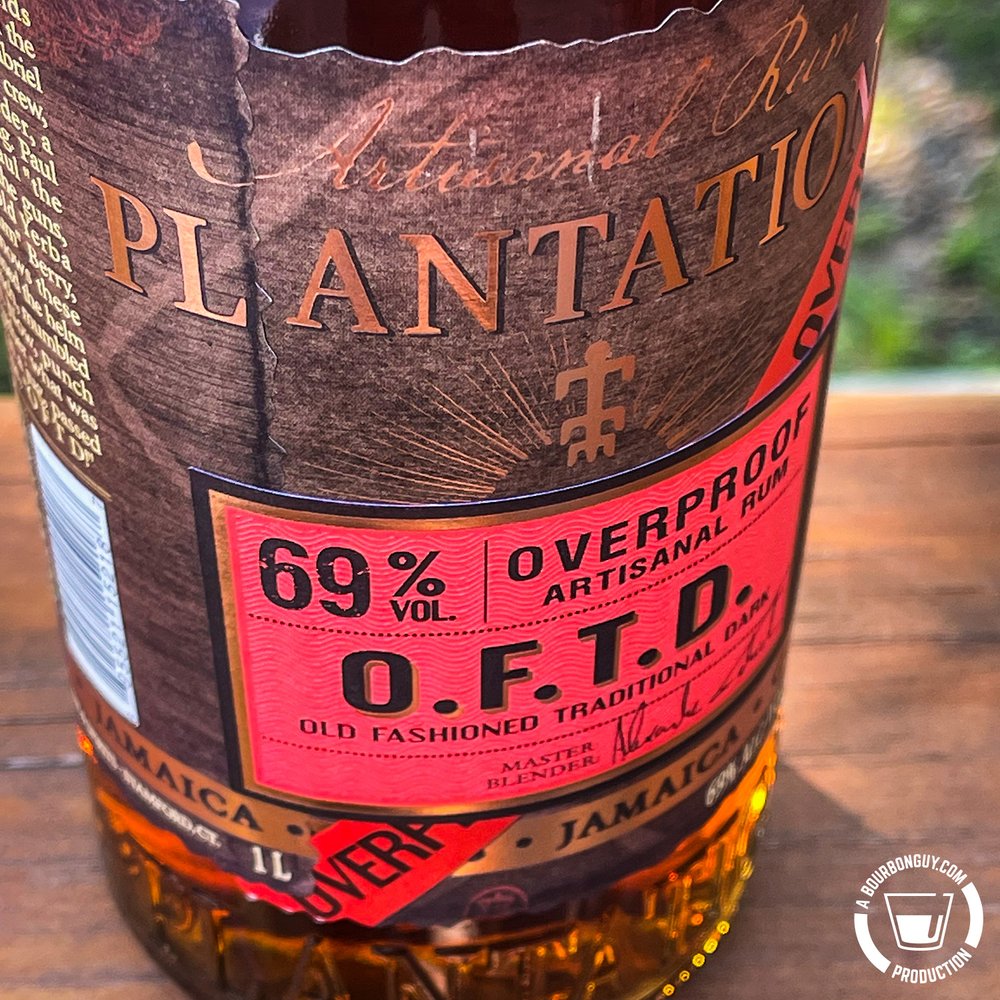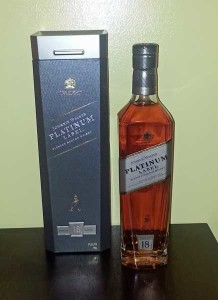By Richard Thomas An inside joke in the booze writing trade is how made-in-America single malt whiskeys have been the “next big thing” for …., oh, the last several years. Don’t get me wrong: American-made malts have become a vibrant part of the national whiskey scene, and I for one applaud how it is a …
By Richard Thomas
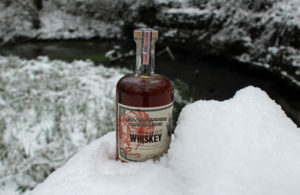
St. George American Malt Whiskey, Lot 21
(Credit: Richard Thomas)
An inside joke in the booze writing trade is how made-in-America single malt whiskeys have been the “next big thing” for …., oh, the last several years. Don’t get me wrong: American-made malts have become a vibrant part of the national whiskey scene, and I for one applaud how it is a part dominated by small and mid-sized producers. That said, when an informed reader sees that tired, old headline, rolls her eyes and cackles “Oh really?”, she is in the right. U.S. malts just haven’t arrived in the same way rye whiskey did more than a decade ago, at least not yet.
Yet that bit of dusty media hype took a step closer to becoming reality this summer, when the Federal Alcohol and Tobacco Tax and Trade Bureau (TTB) formally proposed creating a category for American Single Malts, defining and enshrining just what that designation should be. These whiskeys might not be the new big thing in drinks yet, but they are poised to finally arrive, and arrive in style.
The Federal Proposal
On July 29, the TTB published Notice 213 of Proposed Rulemaking, which is basically how they announce their intent and proposal for revising Federal regulations. The particular regulation is 27 CFR part 5, governing whiskey. The amendment would grant American Single Malt Whiskey a formal standard of identity, giving it a name that can be protected in court, and formally establish what the category is and is not.
According to the TTB, the amendment requires of American Single Malt Whiskey: “the product must be distilled entirely at one U.S. distillery, and must be mashed, distilled, aged in the United States. The product also must be sourced from a fermented mash of 100% malted barley, at a distillation proof of 160° or less, and stored in oak barrels not exceeding 700 liters. In addition, allowable coloring, flavoring, and blending materials would be permitted.”
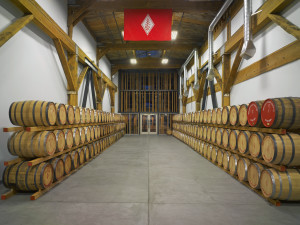
Westland Distillery’s barrel room with some of that Oregon oak
(Credit: Westland Distillery)
How We Got Here
The start of all of this is with the craft distilling movement and a simple rule that so many of them apply in their business models: go where the big players aren’t. Many drinkers are already familiar with malt whiskeys through the Scotch, Irish and Japanese brands, yet to this day the only regular release, malt whiskey brand produced by a big distiller is the blue-labeled Woodford Reserve Malt.
It has always been a ripe sector for smaller producers. This is so much the case that one of the examples of “craft whiskey before there was craft whiskey,” St. George Spirits, has been making American Single Malt for over two decades. Stranahan’s, a craft whiskey trailblazer whose first product reached shelves in 2006, has never made anything but malt whiskey. Whenever someone speaks of American Malts, that person usually references a bottle made by a small or mid-sized distiller located in a state that isn’t Kentucky or Tennessee, and often malt whiskey is all that distiller makes. Malt whiskey and the small producer-driven, broader and truly national identity of craft distilling have been intertwined not just from day one, but since before day one.
An American Malt category has existed for decades, but it doesn’t accurately describe what the makers of American Single Malt produce or the reputation they hope to achieve. The current regulatory code describes American Malts as a cousin of bourbon, rye and wheat whiskeys, in that all four are defined by new oak barrel aging and by having a mash content of 51% or greater of their primary grain. So, all four of these whiskeys–bourbon, rye, malt and wheat–are aged in charred, new oak barrels and can have a mash bill containing more than one grain.
That rule called for American Malts to be quintessentially, well, very American. However, the craft producers most committed to malt whiskey are more interested in fitting in with/competing with single malts as the rest of the world and many American drinkers already know them: the malts coming from Scotland, Ireland and Japan, as well as the growing sector of world whiskeys from new producers in places like Australia, India and Sweden. The idea is to bring American characteristics to the international standard of what a single malt is, rather than make a bourbon-ized single malt.
Balcones, Copperworks, FEW Spirits, Santa Fe Spirits, Triple Eight Distillery, Virginia Distilling, Westland and Westward banded together to form the American Single Malt Whiskey Commission (ASMW) in 2016. This organization has since grown to more than 70 members. AMSW, joined by the Distilled Spirits Council of the US (DISCUS), has been advocating for a Federal standard covering American single malts that would mirror the international standard. The TTB’s proposed new standard is effectively the same as the standard first proposed by AMSW some seven years ago.

The Stranahan’s fans gather for Snowflake 2018
(Credit: Richard Thomas)
What The New Standard Means
The two main distinctions between the American Malt as it currently exists and what American Single Malt would be underline this desired move towards international single malt standards. First, single malts around the world are made with 100% malted barley. American law certainly allows producers to use a 100% malted barley mash, but only requires 51% or greater. Any malt whiskey made with less than 100% malted barley wouldn’t be recognized as a single malt by drinkers either in the U.S. or abroad, and the lack of clarity creates confusion for anyone trying to make the distinction.
Second, world malts are also overwhelmingly, but not exclusively, aged in used casks. In Scotland, for example, new oak (often referred to as “virgin” in their industry) isn’t unheard of, but ex-bourbon barrels and hogsheads made from ex-bourbon barrel staves are the most common type of cask used to mature whisky. Running second behind the ex-bourbon stock are old wine casks of various types. Although the use of new oak is a signature of the American whiskey-making style, it’s exclusive use would be a straight jacket on the sector. Again, AMSW members aren’t seeking to make bourbon-ized malt whiskey, but American single malt peers of the foreign whiskies.
Other requirements are a blend of American rules (cannot distill above 160 proof) and recognizable single malt standards (must be made entirely at one distillery). A common international standard missing from any American proposal is a minimum three year maturation period.
What It Does Not Do
Importantly, the new regulation would not eliminate the American Malt category as it already exists; Woodford Reserve Malt and other craft products with a mixed, but mostly malt barley mash bill can go on as they currently exist. The proposal specifically states “TTB notes that distillers currently using the designations “malt whisky,” “American malt whisky,” “whisky distilled from malt mash,” or “American whisky distilled from malt mash” on their labels may continue to do so.”
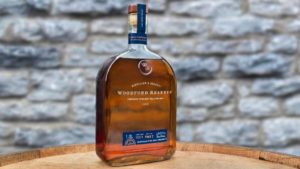
Woodford Reserve Malt Whiskey
(Credit: Brown-Forman)
Little confusion should arise regarding the difference between “American Malt” and “American Single Malt,” because this distinction already exists in the international whiskey industry as a whole. Blends of malt whiskies–double malts, triple malts, vatted malts–are out there and well understood by the world’s drinking public. The odd consumer may misunderstand that Parker’s Heritage 8 Year Old Malt Whiskey isn’t a single malt, but American Single Malts have already been a trade and marketing term for seven years now. The categories already exist and are already separate, but merely remain informal.
What Comes Next
The new proposal is open to feedback from the public and industry until September 27, and it is worth noting that no one in the industry has ever come out in public opposition to the new regulation. It stands to reason that, lacking any real opposition, the new single malt regulation will be adopted. So, expect to see American Single Malt enshrined as an official category by next year.



















 Rested for 15 minutes in a Glencairn
Rested for 15 minutes in a Glencairn Nose: Apples, pears, caramel, toffee, vanilla & sparkling apple cider; dark berries are in the background with oak, light cedar & brown sugar; alcohol is relatively mild
Nose: Apples, pears, caramel, toffee, vanilla & sparkling apple cider; dark berries are in the background with oak, light cedar & brown sugar; alcohol is relatively mild

 If any of these are true, then check out
If any of these are true, then check out 